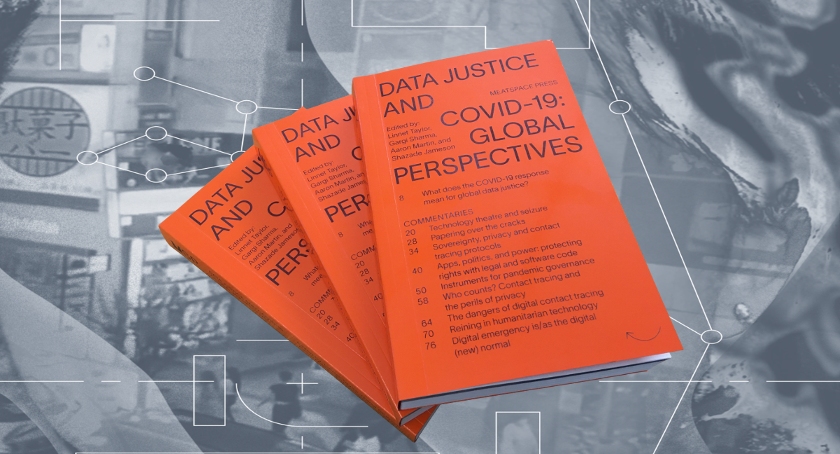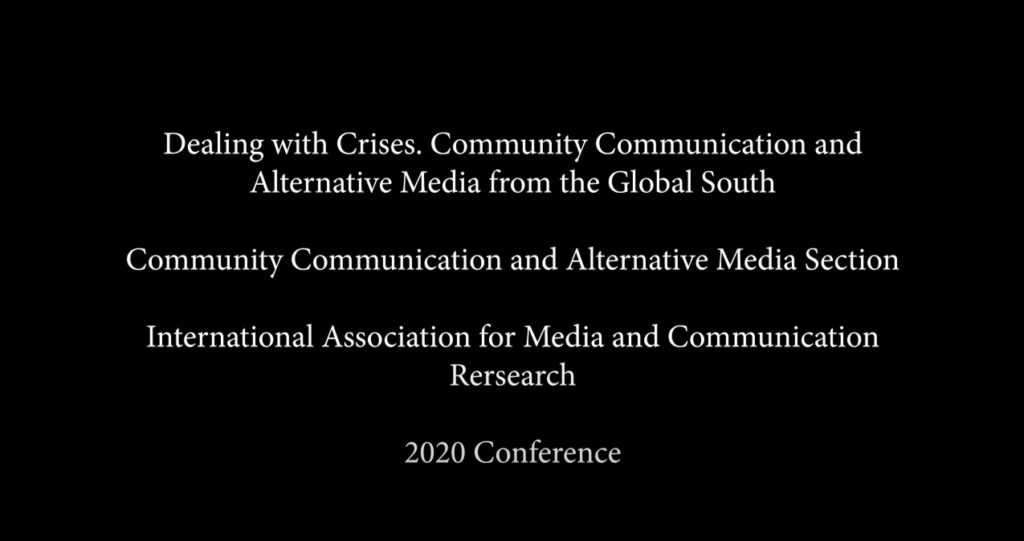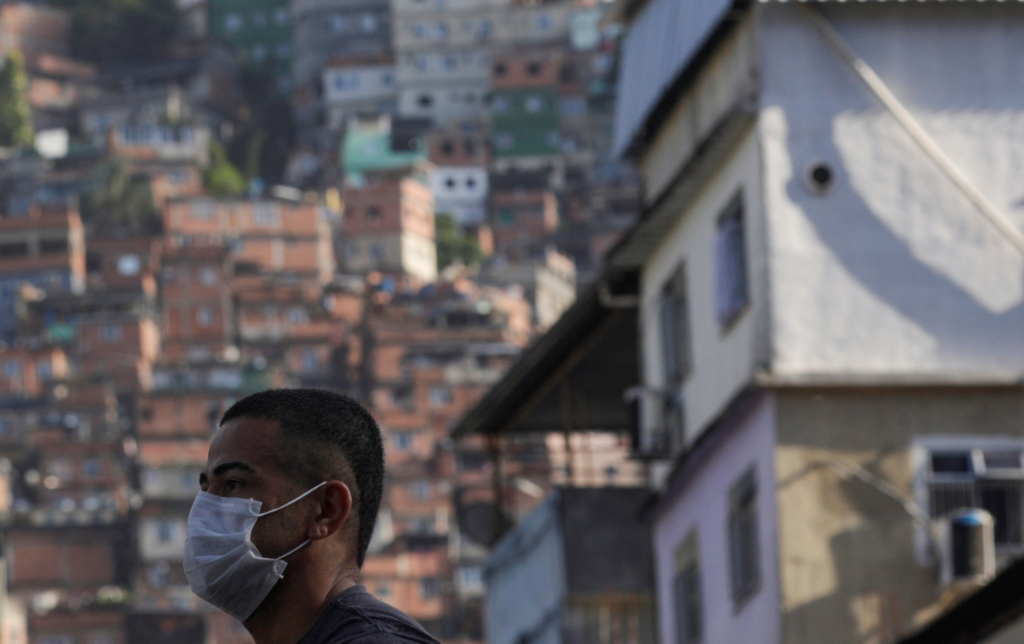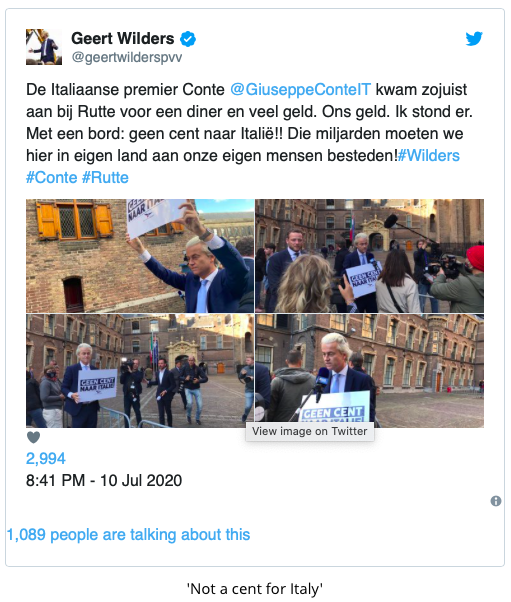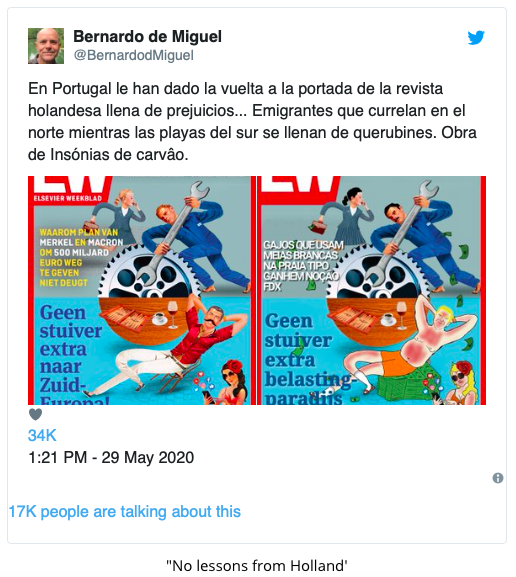By Gargi Sharma with contributions from Aaron Martin
Tilburg University
The COVID-19 pandemic has reshaped how social, economic, and political power is created, exerted, and extended through technology. Through case studies from around the world, a new book from the Global Data Justice project analyzes the ways in which technologies of monitoring infections, information, and behavior have been applied and justified during the emergency, what their side effects have been, and what kinds of resistance they have met.
The COVID-19 pandemic has swept the world, with countries imposing states of emergency one after another. Lacking protective material resources, sufficient human capacity for contact tracing, or evidenced-based understanding of the disease, policymakers are turning to technology ‘solutions’ for a miracle. The global technology sector has stepped in to seize this opportunity and in doing so has sought to influence policy decisions to the benefit of their businesses. Many governments, too, have welcomed Big Tech interventions and are putting in place digital contact tracing strategies among other data and technology-driven interventions. In the early stages of the pandemic, the Global Data Justice project based at the Tilburg Institute of Law, Technology, and Society in the Netherlands, decided to look deeper into these developments.
We invited a range of contributors and commentators to document the first wave of technology-based interventions as they were unfolding in their respective geographies and to reflect on the implications of these developments for both the theory and practice of data justice (Taylor, 2017). We wanted to better understand the reality on the ground – seeing as nearly all international travel and site visits were suspended indefinitely thus impeding our empirical research – and examine how governments and the private sector are utilizing technology to respond to the pandemic situation, both alongside – and in some cases in the absence of – a healthcare response. To this end, we compiled and edited 37 essays (plus an introduction) into an open-access book, which was published by Meatspace Press last week.
We initiated this collection while observing that the COVID-19 pandemic had amplified a nascent epidemiological turn in digital surveillance with at least two dimensions, namely, function creep and market-making. In the first, governments have repurposed existing technologies for public health surveillance. What was previously done in development and humanitarian contexts has now become a part of every resident’s life. In the second, technology companies – which were well-positioned to deploy such technologies – have entered the public health space and now influence political decisions, with minimal citizen and civil society involvement and input. This has turned out to be what Tamar Sharon calls illegitimate access to the spheres of health and medicine in her newly published paper on Apple and Google’s role in the pandemic response (Sharon, 2020).
As the contributors interrogated the particular technologies and structures that determine their application, some came out in favor of these interventions, while others didn’t. The diverse contributions show that this was determined by trust (or the lack thereof) in governments [Mollicchi, Peppin, Safak, and Walker; Veale; Edwards], cultural notions of community care and responsibility [Eenmaa-Dimitrieva, Tikk, and Kerttunen; Sandvik], and the prior scope of intervention by Big Tech [Johns; Wylie], among other factors. We also noted how such (enhanced) digital surveillance can exacerbate existing vulnerabilities [Duarte; Keys; Kaurin; Cohen]. We learned that technology can be a useful tool to address this public health crisis, but is secondary to testing, tracing, and isolating (Taylor, 2020). It is important to note the variation and context of these responses in that each informs us about the common features of a notion of global data justice.
The commentary by Sean McDonald and the contribution from Brazil, for example, uncover a rise in disaster (techno-)capitalism with governments and large technology companies experimenting in this state of exception [McDonald; Evangelista and Firmino]. The Philippine government has also introduced technology-based interventions — without proper checks and purpose limitations — raising concerns that the data could possibly be used in the 2022 elections [Lucero]. The pandemic has been used as cover by authoritarian governments like Hungary and The Philippines, with the latter using libel laws to create a chilling effect on journalistic freedom [Böröcz]. While the inequities in the healthcare system, in addition to the ‘infodemic’, are exacerbating the vulnerability of North American Indigenous communities, tribal governments have been responsive to the crisis by maintaining datasets of both enrolled and unenrolled tribal citizens, which they then exchange with health advocates [Duarte]. In Uganda, the tax authority has repurposed a system originally set up to track goods under customs control from point of loading to a final destination within Kenya, Rwanda, and Uganda, to monitor truck drivers for COVID-19, thus creating a digital surveillance system with minimal data safeguards in place [Mwesigwa]. The Ghanaian government has used the crisis situation to pass an emergency law, which does not explicitly define a public emergency, lacks a sunset clause and, in essence, lays the groundwork for a state surveillance structure that will go beyond the current pandemic [Oduro-Marfo].
Since the Meatspace collection captures the beginning stages of the pandemic, it does not include the connections and overlaps between recent social justice and liberation movements around the world. We aim to dive deeper and unpack unexplored aspects of technological governance during the COVID-19 experience over the coming months as the state of the pandemic and policy responses evolve at both national and regional levels, albeit unevenly [Daly]. This collection also opens the door for further multi-disciplinary and intersectional analysis of how technology-based interventions are influencing the governance of populaces during and after the pandemic and how that will shape our social and political structures. Critical scholars will also want to better understand how resistance to digital surveillance (cf. Martin et al., 2009) and other technology-led interventions is emerging in pandemic contexts, as well as the growing number of technology failures that have been documented within the COVID-19 response.
The Global Data Justice team worked on this project with funding from the European Research Council under the European Union’s Horizon 2020 research and innovation programme (Grant Agreement n° 757247).
About the authors:
Gargi Sharma is a junior researcher at the Tilburg Institute for Law, Technology and Society (TILT), Tilburg University, The Netherlands, where she works on the ERC Global Data Justice project.
Aaron Martin is a postdoctoral researcher on the Global Data Justice project at TILT.
